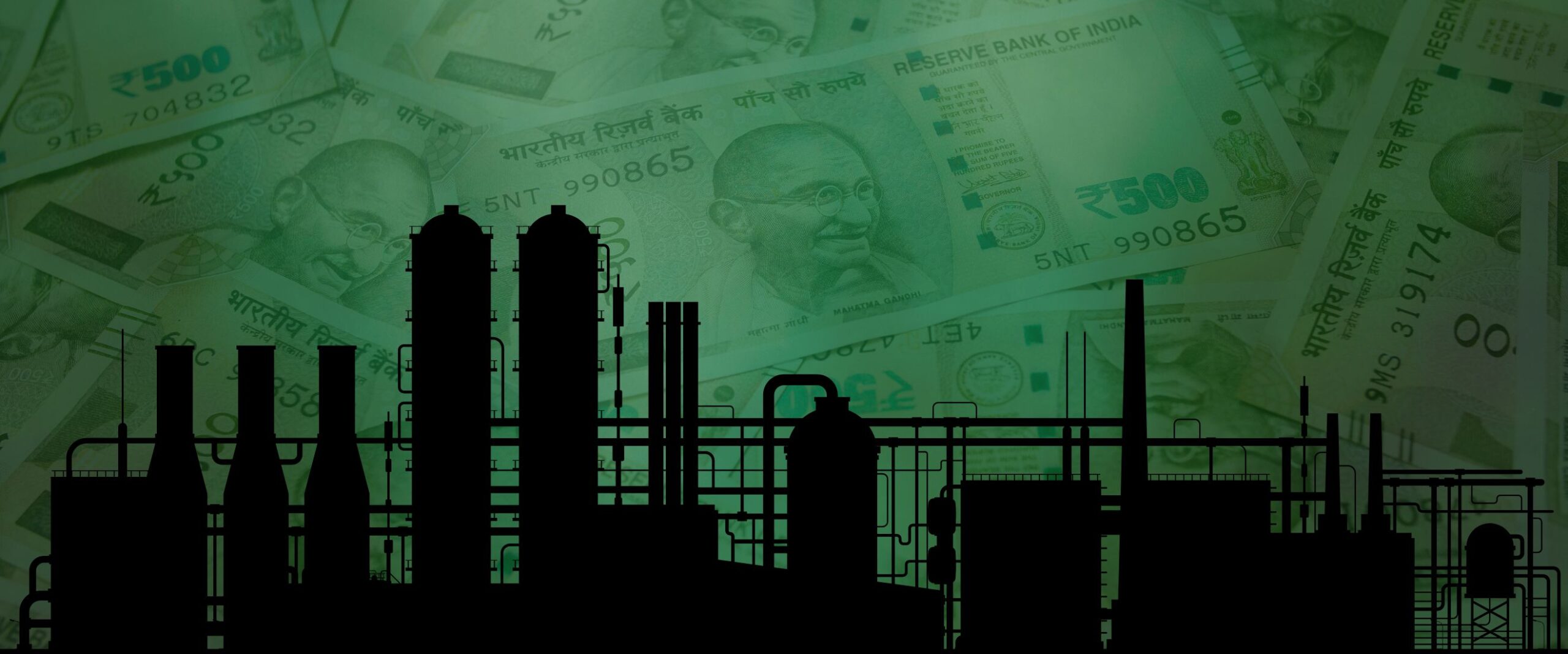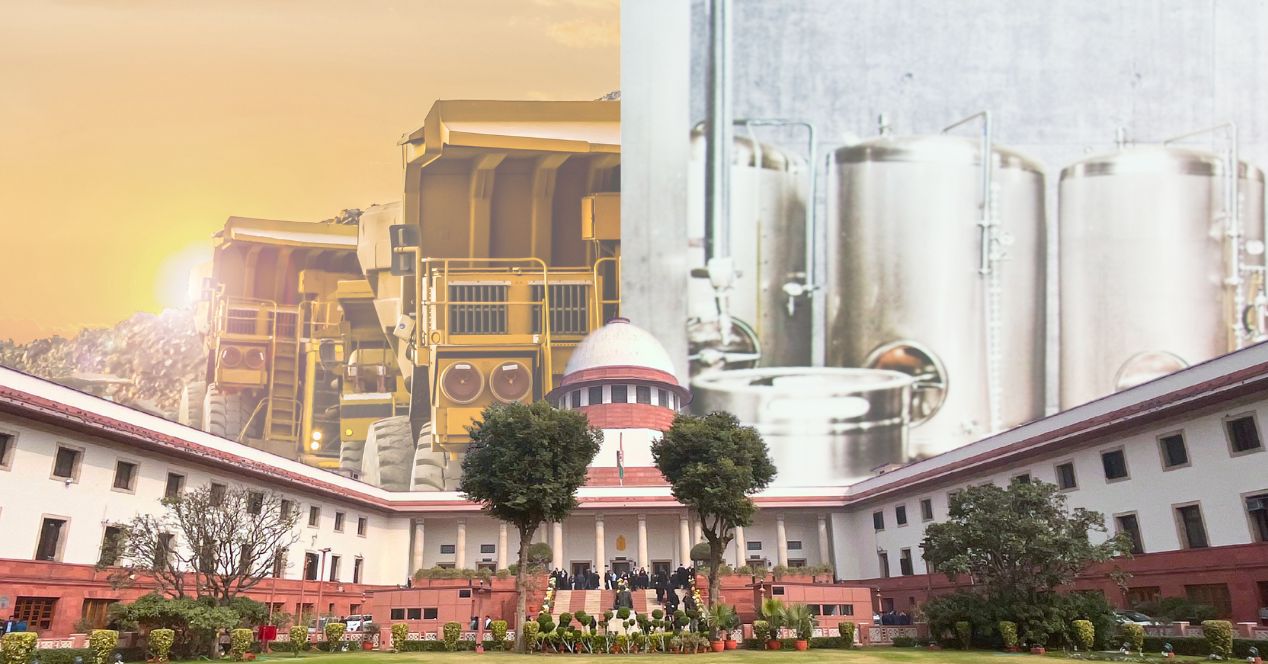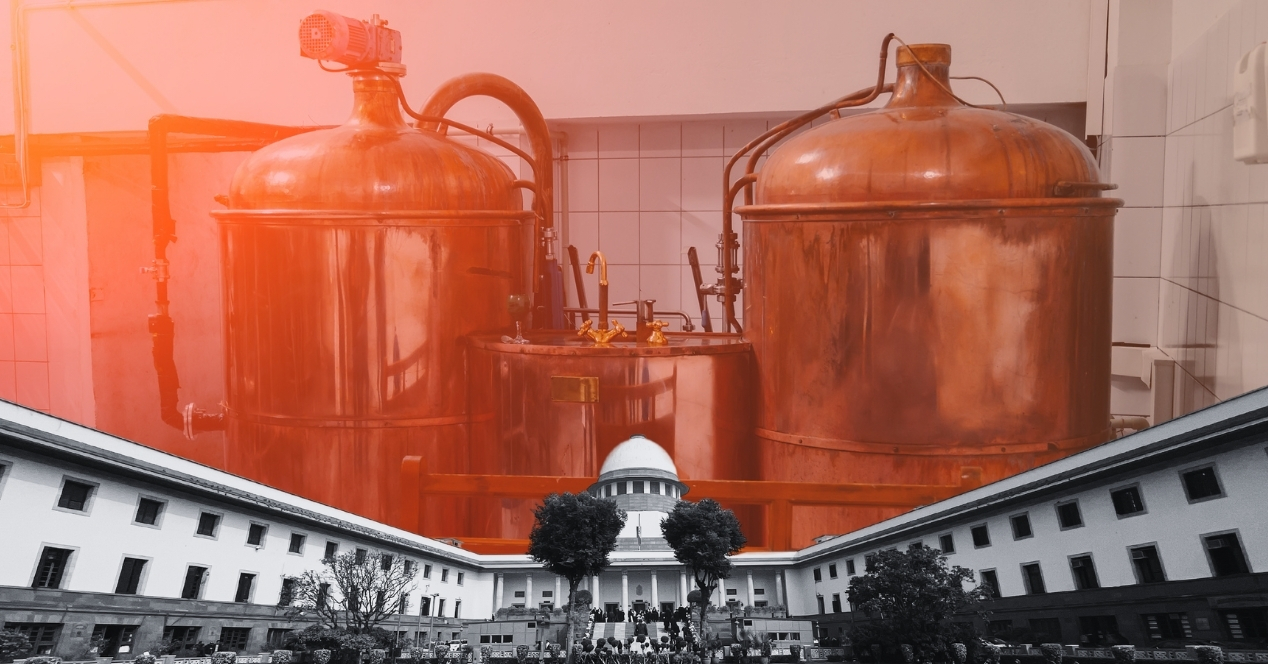Analysis
Advancing the spirit of fiscal federalism: the industrial alcohol judgement
The decision creates avenues for revenue in the post-GST era but also blurs the regulatory distinction between industrial & potable alcohol

On 23 October 2024, the Supreme Court of India overturned its judgement in Synthetics & Chemicals v State of U.P (1989) by an 8:1 majority. In State of UP v Lalta Prasad Vaish, it held that Entry 8 of the State List includes not just alcoholic beverages that produce intoxication but any alcohol that could be used noxiously to the detriment of public health. The judgement is a milestone in the long history of the division of legislative fields between the Union and the states, and in the history of alcohol regulation in India.
Context of fiscal federalism
Fiscal federalism in India sees its fair share of ups and downs. Of late, the Union has been doubling down on its dominance over the states in the field of finances. In the report of the 15th Finance Commission for 2021-2026, the Commission has noted that states do not have a fair share of the overall Union budget revenue, leading to a high vertical fiscal gap relative to other federations. A report by PRS Legislative Research for 2023-2024 shows that taxes subsumed under Goods and Services Tax (GST) generated revenue totalling 3 percent of Gross State Domestic Product (GSDP). However, GST is netting the states only around 2.7 percent of the GSDP on average.
This has often caused a hindrance in the ability of states to fund schemes and programmes. The restriction on state finances takes two forms. Firstly, the states have less money than they would like. This shows in the form of political demands and legal claims. Recently, a conclave of finance ministers from five states was organised ahead of the commencement of operations of the 16th Finance Commission. The objective was to press the Centre for a fair devolution of the revenue generated from taxes. Meanwhile, Karnataka, Kerala and Tamil Nadu have petitioned the top court on issues surrounding fiscal federalism.
Secondly, a large chunk of revenue comes from sources such as devolution from central funds and GST. These are areas where the states do not have control over rates and mode of imposition. While the states do benefit from receiving the money, they lose out on the regulatory function of taxes, i.e., subsidising a particular sector or disincentivising some practices.
Hence, when it comes to areas of taxation that are still within reach, there is a certain vehemence or even a desperation in states’ contestation to retain revenue sources. It is in this context that various state authorities sought the overturning of seven-judge bench decisions of the Supreme Court which had narrowed their taxing power. They were successful in having questions referred to nine-judge benches to decide on the legislative competence of states to impose taxes on mines and minerals (Mineral Area Development Authority) and regulate industrial alcohol (Lalta Prasad).
Earlier this year, in Mineral Area Development Authority, a nine-judge bench affirmed the power of the states to impose levies on minerals and mineral-bearing lands under Entries 50 and 49 respectively of the State List. One area of taxation which the states have not lost to GST is alcohol. A judicial determination of the constitutional framework regarding the power to tax alcohol and alcohol industries is of significance for the future of fiscal federalism. Even though the issues in Lalta Prasad Vaish arose well before the imposition of GST, the judgement will likely have a direct impact on state finances in the days to come.
The control of alcohol and alcohol consumption
The control of alcohol consumption has had a prominent place in public discourse from the time of the freedom struggle. This has resulted in a complex framework of regulation.
In State of Bombay v F.N. Balsara (1951), the Supreme Court held that the term “intoxicating liquor” in Entry 8 of the State List was not confined to potable liquor alone but could include all liquids which contain alcohol. However, the Court did set aside those provisions of the Bombay Prohibition Act, 1949 which prohibited the possession and consumption of medicinal and toilet preparations containing alcohol. As historian Rohit De notes in his book A People’s Constitution, the consumption of medicines containing alcohol, known as tinctures, had shot up in the areas covered by the Bombay Prohibition Act.
This phenomenon of people resorting to substitutes in the absence of potable liquor came up before the Supreme Court again in Behram Khurshed Pesikaka v State of Bombay (1954). In these cases, the attack on prohibition laws was rooted not only in the right of citizens to drink alcohol but also in questions of the competence of state governments to frame such laws. Over the years, these questions would also appear in disputes about the power of the state to tax various liquids containing alcohol.
In Synthetics & Chemicals, a seven-judge bench had interpreted the phrase “intoxicating liquor” used in Entry 8 of the State List to mean liquor which is consumable by a human being “as it is”. The rationale behind the departure from Balsara was that at the time of that decision, the understanding of industrial alcohol was limited, and the “potentiality” of industrial alcohol was not understood.
About a decade later, Uttar Pradesh imposed a value-added licence fee on the sale of specially denatured alcohol by wholesale vendors to licence-holders who wanted to utilise such fluids in industrial applications. This was challenged before the Allahabad High Court in R.P. Sharma v State of Uttar Pradesh (2004). The High Court allowed the challenge on the basis that the licence fee was being levied on the sale of denatured alcohol, and not because the state wanted to ensure that rectified spirit was not being diverted for human consumption. The judgement was challenged before the Supreme Court in State of UP v Lalta Prasad Vaish and Sons.
The decision
In Lalta Prasad Vaish, the Supreme Court found the approach taken in Synthetics & Chemicals to be erroneous. While the conclusion of the Court aligns with Balsara, the reasoning was slightly different.
The Court relied on the principle of generalia specialibus non derogant to harmonise both entries in a manner that does not render either of them redundant. Entry 8 of the State List is a specific entry, and the inclusion of the industry of “intoxicating liquor” within Entry 52 of the Union List (which allows Parliament to make laws for industries in “public interest”) would make Entry 8 of List II redundant. Therefore, in accordance with established principles of interpretation, Parliament does not have the legislative competence to enact a law taking control of the industry of intoxicating liquor. Such power lies with the state legislature under Entry 8 of List II.
In her dissent, Justice B.V. Nagarathna undertook a historical and interpretative analysis to conclude that the “intoxication” effect (and not the ingredient) is the sine qua non for any liquors to come within the scope of Entry 8 of List II. According to her, the “exception (mischievous use) cannot lead to governing of the norm (original intended use) through such construction of Entry 8-List II.” She opined that industrial alcohol is outside the scope of the legislative competence of the states since it is a scheduled industry under the Industries (Development and Regulation) Act, 1951.
Considerations of revenue and public health
Beyond the implications on the constitutional scheme relating to the distribution of powers, Lalta Prasad Vaish will also impact policy considerations relating to public health and the revenue-generating power of the states. The ability of the states to regulate industrial alcohol, including denatured alcohol, and its conversion to potable liquor would allow it to curb conversion that is happening improperly or surreptitiously. It would also enable states to have more control over the illicit use of industrial spirits to increase the alcohol content of moonshine, which is responsible for a large number of alcohol-poisoning deaths.
States will now be able to levy vend fees, transport fees, licence fees on matters relating to industrial alcohol. This could serve as a much-needed boost for states whose revenue-generating sources have dried up in the post-GST era. Already, the revenue generated from potable liquor constitutes a large chunk of states’ revenue. For instance, in 2019-20, twenty-one states made more than 15 percent of their yearly revenue from alcohol excise tax. A more recent analysis indicates that the share of excise in the total FY23 tax revenue of 19 of the largest states and Union Territories was 13.5 percent.
Res Extra Commercium
Now that there is expected to be standardisation when it comes to the regulation of potable liquor and industrial liquor—especially Extra Neutral Alcohol and rectified spirit which can be converted to potable liquor—it could become difficult and impracticable to determine the stage at which trade or business in industrial alcohol stops and trade or business in potable alcohol begins.
In Khoday Distilleries Ltd v State of Karnataka (1994), the Supreme Court held that trade or business in potable liquor could be completely prohibited or restricted beyond the parameters of Article 19(1)(g) in light of it being res extra commercium, a ‘thing outside of commercial intercourse’, due to its harmful effect on public health. The Court clarified that the State cannot prohibit trade or business in industrial applications of alcohol; it can only impose reasonable restrictions under Article 19(1)(g).
As the line between industrial and potable alcohol blurs, different standards for placing restrictions could cause regulatory ambiguities that will have to be clarified by courts and legislative assemblies.
The way forward
With the judgments in Mineral Area Development Authority and Lalta Prasad Vaish, the Supreme Court has displayed a tendency to ensure that the few remaining taxation-related fields remain in control of the states. In the wider context of the perceived loss of control by the states, these judgments will go a long way in assuaging concerns of the erosion of federalism in India.
Vikram Hegde is an Advocate on Record in the Supreme Court of India. Harsh Jain is an Advocate practising in Delhi.




